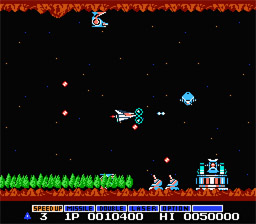The Game Con was a great success! I was a little sad that we did not win one of the prizes, but was still very happy with the feedback we got from the game. A lot of the people who played the game really enjoyed it. It seemed that once someone started to play our game, they kept playing for a couple of levels. We even hand players who got to the final boss! This meant that the game was able to hold their attention and that they were enjoying playing it. Players also got to try our older games, which helped show the team’s progression over the years.
Overall I believe the levels in our latest game have been well designed. Everyone who played it knew exactly how to traverse the levels and what the objectives are. This was desfantyl made possible with the aid of iteration and playtesting. This shows that we have defiantly grown in terms of level designing. Over the summer I might even work on adding more levels, but I’ll have to see (most of the time things come up and extra projects get delayed). Overall I am very happy how the game came out and am looking forward to a nice and relaxing summer.









